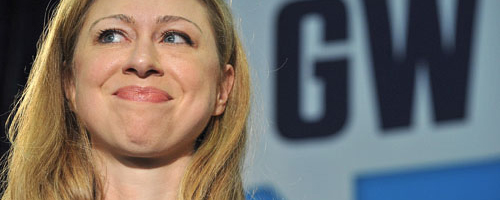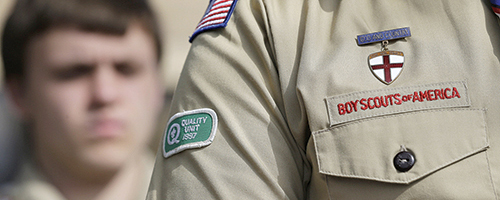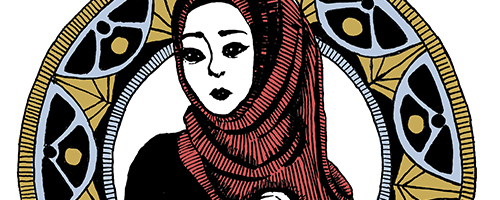For the last two years, I’ve been really lucky in terms of friendships. When I first moved to Portland, I was lucky enough to run into a really amazing young woman who also happens to be an engineering major. She and I are now best friends and share a cute little apartment in Southeast Portland.
Femme-bot

For the last two years, I’ve been really lucky in terms of friendships. When I first moved to Portland, I was lucky enough to run into a really amazing young woman who also happens to be an engineering major. She and I are now best friends and share a cute little apartment in Southeast Portland.
Sentimental feelings aside, what I’m getting at here is her area of study, engineering; environmental engineering, if you want to get really specific. As we’ve both taken multiple courses in women’s studies and sociology, we’ve become increasingly aware that the gender enrollment statistics in environmental engineering are quite a bit staggered toward the male side.
We’re not the only ones who have noticed this. Recently, former first daughter Chelsea Clinton told CNN that she believes she’s found the solution to the lack of interest American girls seem to have in the math, science and technology departments of high schools and colleges.
Clinton said that in order to cultivate interest in these areas of study, “We need Hollywood to make movies and television shows about sexy female engineers.” She believes that if girls are exposed to more positive female figures and role models at a younger age through the lens of the media, female interest in these fields will grow. “They’re seeing boys who start Facebook or Google,” she said. “They’re not seeing girls.”
Sadly, Clinton is kind of right. Despite various studies showing that female interest in these areas is growing, enrollment rates are still despairingly low in most cases.
When I was younger, I really wanted to be an astronaut, but some distant family member told me that girls never become astronauts. Now I’m 20 some years older and, hopefully, a little bit wiser, and I know better than that. However, when you’re young and not-so-privy to the information a high school or college student has, it’s hard to imagine yourself as something you hardly ever see portrayed in the mass media.
Despite all the progress we’ve made (imagine hearing this with the most sarcastic, side-eyeing voice possible), female-identifying individuals are continuously underrepresented in film and television in not only scientific roles but in leadership positions as well.
When I think about strong female leads, I think about Sigourney Weaver’s character in the Alien films, and Elle Woods in the Legally Blonde franchise. These two characters, despite their vast differences, are strong, and they stand up to the opposition and the patriarchal-based oppression they face to achieve their individual goals.
While Elle became a fiercely independent lawyer, Weaver’s Ellen Ripley represented a particular type of character who stayed courageous even in the face of absolute terror and isolation. Anyway, these two great femme icons aside, there really aren’t many films these days that show female-identified characters taking on science-y roles.
A few years ago, physicist Sidney Perkowitz wrote a piece that originally set out to list scientifically accurate films. After reviewing multiple sources, statistics and films, Perkowitz noticed a familiar trend in how female scientists were portrayed in films in comparison to their male counterparts.
Using a study by the University of Vienna as a springboard, Perkowitz stated that in a list of 60 films only 11 contained female scientists. Those statistics are somewhat dated, however, and a more recent study showed that of 74 contemporary films, 23 portrayed female scientists. IMDb identified 84 women scientists in 382 films containing scientists. That means that 22 percent of the science-based films in IMDb’s archives feature women as scientist characters.
Though that’s a pretty great statistic, it doesn’t tell us whether these female scientists were lead roles. In a still very male-centered world, this is an important factor. Especially if Chelsea Clinton thinks we’re in danger of already low enrollment rates in science and technology dropping further.
According to the National Science Board, women make up only 25 percent of the science and engineering workforce, 28 percent of science and engineering university faculty and 8 percent of full professors in the sciences. These are sad statistics.
I live with an engineer and she’s one of the most hardworking, passionate people I’ve come into contact with since starting college. While I have met some of her fellow femme engineers through her, I agree with Clinton that it would be nice to see some leading science ladies out there.
Right now, Clinton’s family foundation is supporting a campaign that produced the film Girl Rising. The film centers heavily on the dire need for support of girls’ education. The only real solution, at least in my opinion, is for Hollywood et al. to start producing more femme-centric films that feature female leads who are not only smart and savvy but have a particularly female touch as well. Let’s make Ripley proud.






